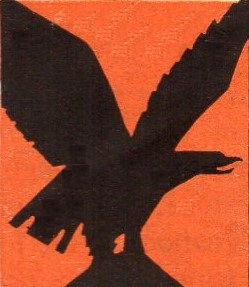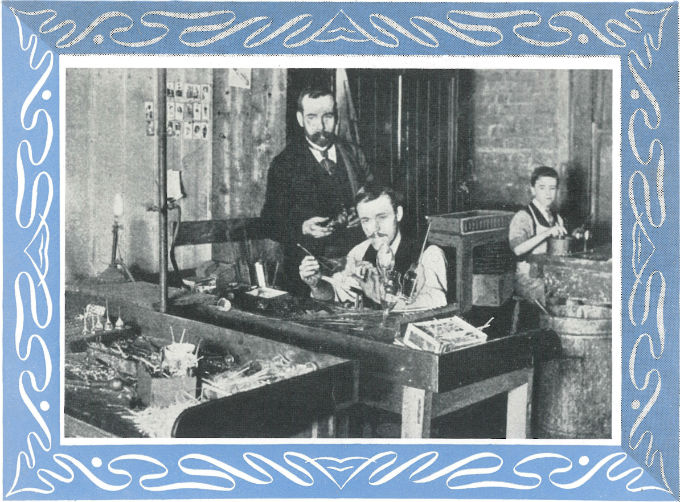Cossor Radio
Email: mike.tonkin@cossor.co.uk


Firstly I would say of this document its a feelgood for staff and employees and the language is of its time.
Our story opens early in the period known as "the gay nineties". By 1896 a small workshop employing but a handful of people had been firmly established by Mr.A.C.Cossor at 56 Farringdon Road, in the ancient London parish of St John's Clerkenwell.
The contemporary scene would appear strange to the Modern generation reigned supreme in Londons traffic, as indeed almost everywhere else. The North and South Poles had not yet been discovered. Yet the seeds of this present electronic age had already been sown and it is over some good ground on which they fell that our path now leads. In a modest workshop a wide variety of experimental and scientific glassware was being made and it became a Mecca of many famous physicists who came upon it to produce new apparatus for their laboratories. Sir William Crookes flourescent tubes were typical example and may be regarded as the ancestor of modern television and radar cathode ray tubes. The acompanying picture from the Windsor Magazine for April 1896 is one of the illustrations by H. Snowden Ward entitled "Marvels of the New Light!. This dealt with Professor Rontgen's newly discovered X-rays which followed on from the Crookes tubes already familiar to the scientific world.
Many British invesigators took up the work of photographing by X-rays. Dr Oliver Lodge being but one amongst other famous names. In his article the authour wrote:-
"A man who greatly helped toward this sucessful end and who suddenly found himself overwhelmed with fame was Mr A.C.Cossor, of Farringdon Road, London, who seemed for a while to be the only man able to make satisfactory Crookes' tubes. While ordinary Crookes' tubes could be bought retail at eighteen pence each, in any quantity the tubes made by Mr. A.C.Cossor were in such demand that the agents who purchased all his output were quite unable to cope with demand, though the price was twenty-five shillings each. Even at that price there were doctors, professors and others who were begging for the favor of a place on the list, to be supplied in a fortnight's time. Never had the scientific glass blower been in such demand and never was the value of the difference between good work and the best more fully demonstrated. It is easy to make a tube that will answer for some of Professor Crookes' radiant-matter experiments., but the further exhaustion to fit that same tube for Rontgen's work requires that great skill and very perfect apparatus to obtain. Hemce I have taken the somewhat unusual course of introducing a portarit of Mr. Cossor at his work".

To Be continued
Many British invesigators took up the work of photographing by X-rays. Dr Oliver Lodge being but one amongst other famous names. In his article the authour wrote:-
"A man who
greatly helped toward this sucessful end and who suddenly found
himself overwhelmed with fame was Mr A.C.Cossor, of Farringdon
Road, London, who seemed for a while to be the only man able to
make satisfactory Crookes' tubes. While ordinary Crookes' tubes
could be bought retail at eighteen pence each, in any quantity the
tubes made by Mr. A.C.Cossor were in such demand that the agents
who purchased all his output were quite unable to cope with demand,
though the price was twenty-five shillings each. Even at that price
there were doctors, professors and others who were begging for the
favor of a place on the list, to be supplied in a fortnight's time.
Never had the scientific glass blower been in such
demand and never was the value of the difference between good
work and the best more fully demonstrated. It is easy to make a
tube that will answer for some of Professor Crookes' radiant-matter
experiments., but the further exhaustion to fit that same tube for
Rontgen's work requires that great skill and very perfect
apparatus to obtain. Hemce I have taken the somewhat unusual course
of introducing a portarit of Mr. Cossor at his
work".
Copyright © 2017 Cobaltblue69
Please feel free to use the images on this website but an
acknowledgement would be nice